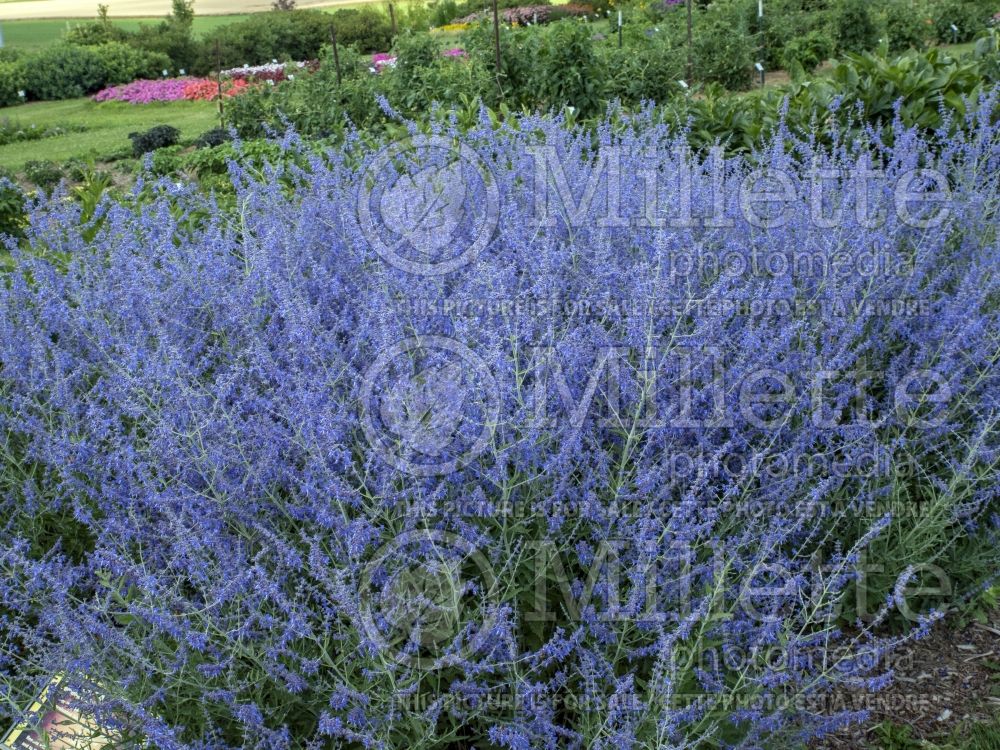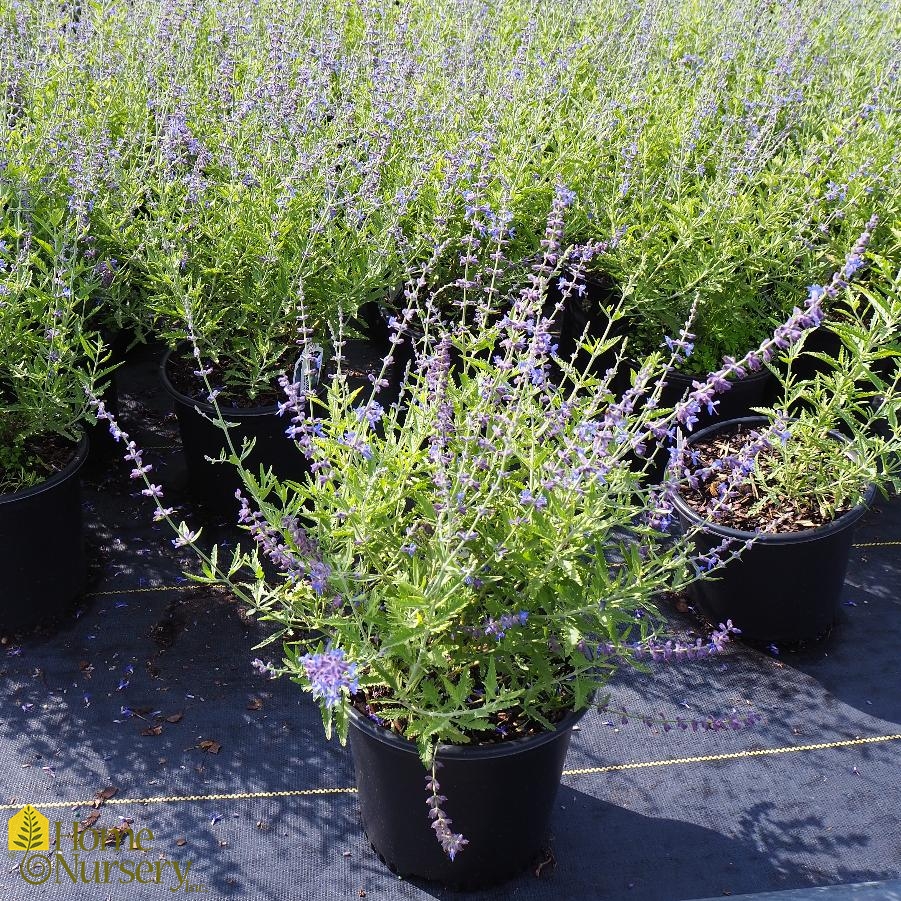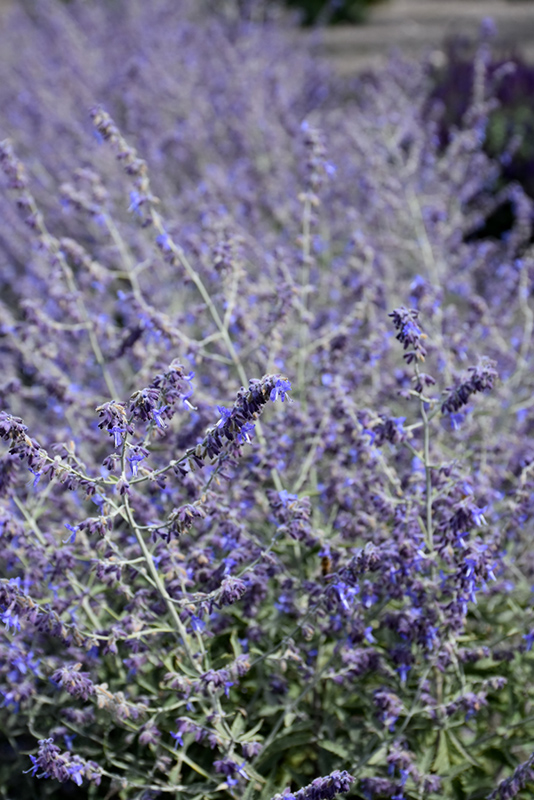Russian Sage Crazy Blue
Russian Sage Crazy Blue: The Ultimate Guide to Growing and Caring for This Beautiful Plant
The Ultimate Guide to Russian Sage Crazy Blue
If you're looking for a stunning, low-maintenance plant to add to your garden, then Russian Sage Crazy Blue may be just what you need. This hardy perennial not only adds a pop of eye-catching color, but it's also incredibly easy to grow. In this article, we'll explore everything you need to know about Russian Sage Crazy Blue, from pain points to best care practices and personal experiences.
What Are the Pain Points of Russian Sage Crazy Blue?
If you're not familiar with Russian Sage Crazy Blue, you may be wondering what its pain points are. While it's true that this plant is low-maintenance and easy to care for, there are a few things to keep in mind. For starters, Russian Sage Crazy Blue needs well-draining soil, and it doesn't do well in areas with high humidity. Additionally, this plant is susceptible to root rot if it's over-watered or if its soils are too wet.
What Is the Target of Russian Sage Crazy Blue?
Russian Sage Crazy Blue is a target plant for gardeners who are looking to add a touch of color to their landscape without sacrificing ease of maintenance. This plant is perfect for those who are short on time or live in areas where water conservation is key. Additionally, Russian Sage Crazy Blue is a favorite of pollinators, making it an excellent choice for those who want to attract bees, butterflies, and other beneficial insects to their garden.
My Personal Experience with Russian Sage Crazy Blue
I first discovered Russian Sage Crazy Blue when I was looking for a drought-resistant plant to add to my garden. I was immediately drawn to its striking blue-purple color and delicate blooms. After planting it in a sunny spot with well-draining soil, I was impressed by how quickly it grew and how little maintenance it required. Over the years, I've come to appreciate Russian Sage Crazy Blue not only for its beauty but also for the role it plays in supporting our local pollinators.
How to Grow and Care for Russian Sage Crazy Blue
Now that you know what makes Russian Sage Crazy Blue so special, let's dive into the best practices for growing and caring for this stunning plant. First and foremost, Russian Sage Crazy Blue needs full sun and well-draining soil. It's best to plant it in an area that gets at least six hours of direct sunlight per day. Additionally, this plant is fairly drought-resistant, so it's important not to over-water it. During the first year, you may need to water it more frequently while it establishes its roots, but after that, it should only need water during extended periods of dry weather.
Another important aspect of caring for Russian Sage Crazy Blue is pruning. You should prune it once in the early spring to encourage new growth and remove any dead wood. Additionally, you can pinch back the tips of the plant in early summer to encourage branching and fuller growth. Finally, you should cut back the plant to its base in the fall after the first hard frost.
The Benefits of Russian Sage Crazy Blue
Aside from its stunning color and ease of maintenance, Russian Sage Crazy Blue has several benefits. It's extremely attractive to pollinators such as bees, butterflies, and hummingbirds, making it a great choice for those who want to create a pollinator-friendly garden. Additionally, Russian Sage Crazy Blue is deer-resistant, meaning that it's less likely to be damaged by grazing animals. Finally, this plant is perfect for xeriscaping, as it's drought-tolerant and requires minimal watering.
The Future of Russian Sage Crazy Blue
As more gardeners look for low-maintenance, drought-resistant plants, it's likely that Russian Sage Crazy Blue will continue to grow in popularity. With its stunning color, long bloom time, and ease of care, it's an excellent choice for anyone looking to add some pizzazz to their garden without sacrificing their time or resources.
Conclusion of Russian Sage Crazy Blue
Overall, Russian Sage Crazy Blue is an excellent choice for gardeners who want a low-maintenance, eye-catching plant that attracts pollinators and requires minimal care. By following the tips outlined in this article, you can grow and care for this stunning perennial with ease.
Questions and Answers
Q: Is Russian Sage Crazy Blue a good choice for beginner gardeners?
A: Yes! Russian Sage Crazy Blue is one of the easiest plants to grow, making it an excellent choice for beginner gardeners.
Q: How long does Russian Sage Crazy Blue bloom?
A: Russian Sage Crazy Blue typically blooms from mid-summer to early fall.
Q: Where is the best place to plant Russian Sage Crazy Blue?
A: Russian Sage Crazy Blue needs full sun and well-draining soil. It's best to plant it in an area that gets at least six hours of direct sunlight per day.
Q: How do I prune Russian Sage Crazy Blue?
A: Prune Russian Sage Crazy Blue once in the early spring to encourage new growth and remove any dead wood. Additionally, you can pinch back the tips of the plant in early summer to encourage branching and fuller growth. Finally, cut back the plant to its base in the fall after the first hard frost.
Gallery
Photo Of Perovskia Crazy Blue (Russian Sage)

Photo Credit by: bing.com / perovskia
Crazy Blue Russian Sage (Perovskia Atriplicifolia 'Crazy Blue') In
Photo Credit by: bing.com / crazy sage blue russian perovskia atriplicifolia gertens echter bloom plants plant minnesota
'Crazy Blue' Russian Sage

Photo Credit by: bing.com / crazy blue sage russian click
Perovskia Atriplicifolia 'Crazy Blue' Russian Sage From Home Nursery

Photo Credit by: bing.com / perovskia sage atriplicifolia
Crazy Blue Russian Sage (Perovskia Atriplicifolia 'Crazy Blue') In

Photo Credit by: bing.com / crazy blue sage russian perovskia gertens atriplicifolia plants flowers